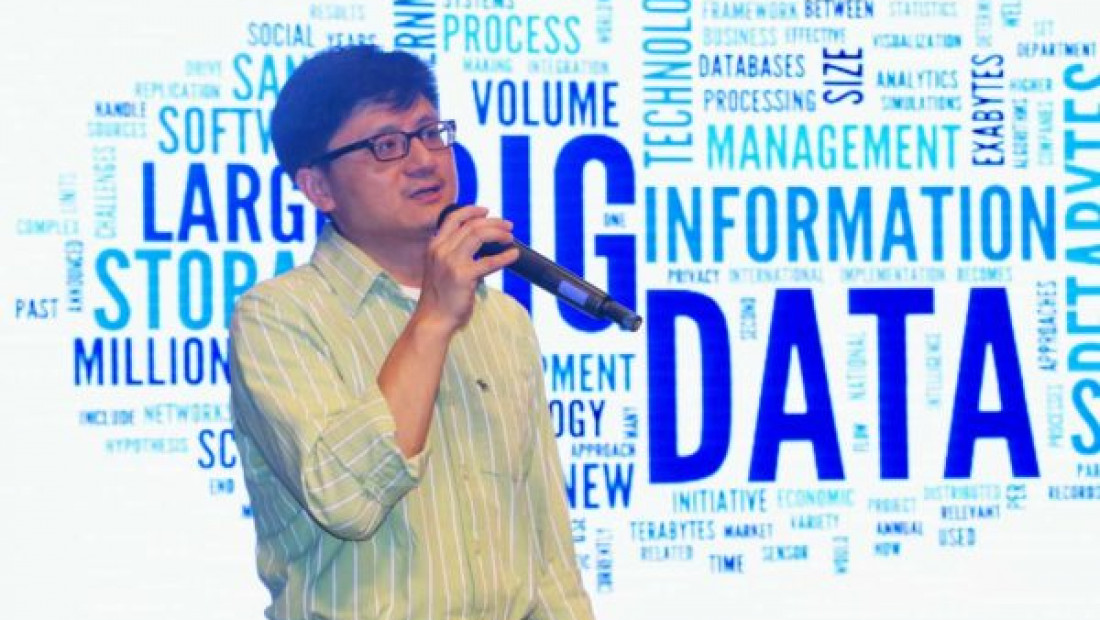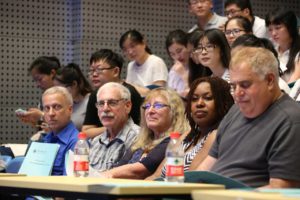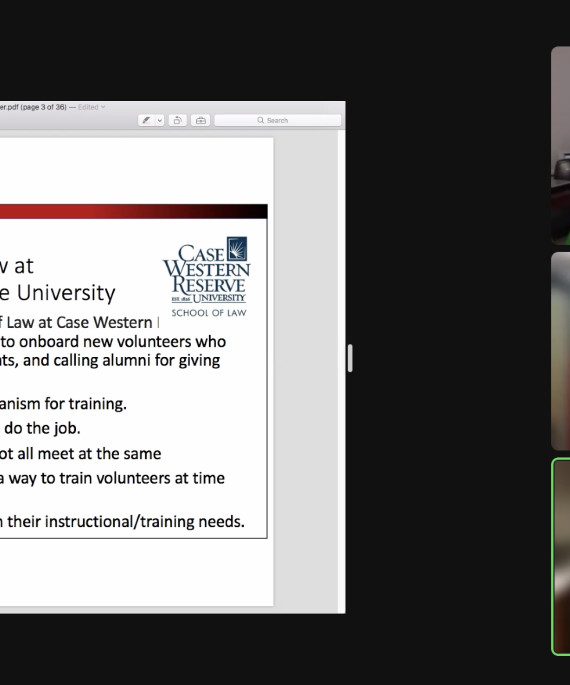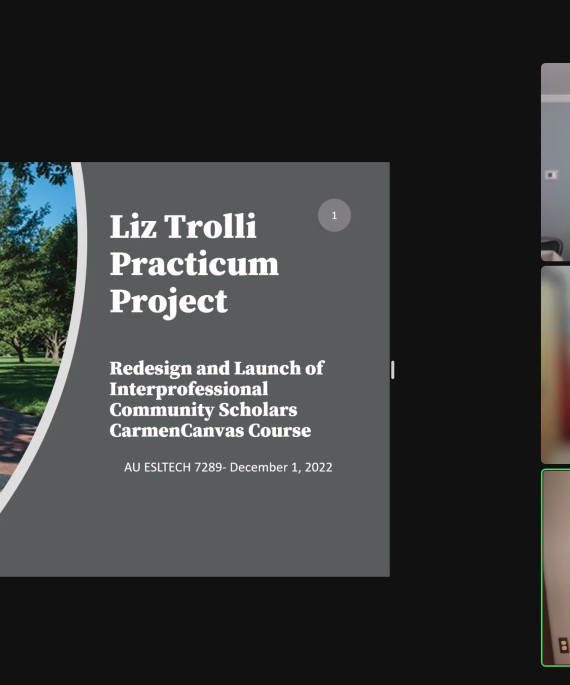
EHE professors share digital learning research with Chinese universities
The place is different. The culture is different. But the educational issues are the same.
This summer, four professors in the College of Education and Human Ecology shared their learning technology knowledge with students and faculty in central China.
Kui Xie, David Stein, Tracey Stuckey-Mickell and Michael Glassman, all faculty in the Department of Educational Studies, traveled to Wuhan, China, to discuss their research in learning technology and distance education and experiences at The Ohio State University with those at Central China Normal University and nearby universities.
For two weeks, the faculty provided insights in technology and online learning in seminars as well as hosting lectures on e-learning, learning analytics and e-learning research trends.
“Our research topics were well-received by the Chinese scholars. Their interest in digital learning raised a lot of critical questions,” said Xie, EHE's Cyphert Distinguished Professor.
“Students also are very interested in our work. They are especially interested in the research methods and the right questions to ask.”
The future of learning
 Professors David Stein (second from left), Tracey Stuckey-Mickell (second from right) and Michael Glassman (right) listen in on a lecture at Central China Normal University.
Professors David Stein (second from left), Tracey Stuckey-Mickell (second from right) and Michael Glassman (right) listen in on a lecture at Central China Normal University.
While leading a seminar, Stein quickly discovered how different Chinese online learning is from what his team researches and teaches at Ohio State. He said online learning in China mainly involves posting lectures or assignments on college websites.
Stein introduced the Chinese students and scholars to asynchronous learning, which combines traditional classroom learning with an education delivered through a digital medium — allowing students to have more control of where, when and how they study.
“We were able to demonstrate the richness of online learning happening anywhere in space and time,” said Stein, associate professor of workforce development and education. “This is a new idea for them but the students and faculty are interested in its potential.”
For Stein, one surprising aspect of the Chinese educational experience is much more mobile devices are used in lieu of laptops. The students showed Stein the possibilities of learning using applications from their smartphones and tablets.
“They were almost more comfortable on their phones than on laptops,” Stein said. “I learned a lot from students as far as the future of learning is concerned.”
In concurrent seminars led by Glassman and Stuckey-Mickell, students and scholars learned about education and technology and educational research methods.
A partnership for the future?
The June experience was arranged after professors from Central China Normal University visited Ohio State in March. Xie said their Chinese colleagues were impressed with EHE’s reputation and the strong research agenda at the college.
The professors hope this successful experience will parlay into more opportunities for EHE and Central China Normal University faculty and students to learn from each other.
“We plan to go back,” Xie said. “We want to develop this summer program so it is available for years to come.”




